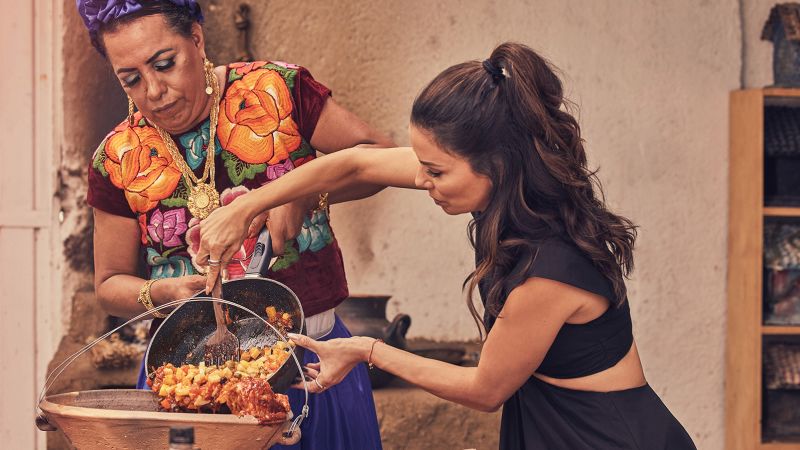Editor’s Note: CNN Original Series “Eva Longoria: Searching for Mexico” airs on CNN Sundays at 9 p.m. ET/PT. Sign up to CNN Travel’s four-part Unlocking Mexico newsletter for more on the country and its cuisine.
With 32 states, dozens of indigenous cultures, culinary traditions that date back thousands of years and a blend of colonial influences, there’s a lot to discover during a visit to Mexico.
Actor and producer Eva Longoria explores a range of cultures and traditions – and modern twists – this season in her CNN Original Series “Searching for Mexico.”
She and her family spend as much time in the country as they can. Longoria’s husband, José “Pepe” Bastón, and their 4-year-old son, Santiago, are chilangos. The nickname for natives of Mexico City used to be considered an insult but is now worn with pride.
Longoria has lived in Mexico City part-time for nine years, but the show took her and her family to corners of Mexico they’d never seen.
Here are just five of the essential experiences Longoria recommends to Mexico visitors.
Attending a charreada, where men and women equestrians outfitted in traditional clothing demonstrate their skills, is a don’t-miss experience in Jalisco, Longoria said.
A charro is a Mexican rider “more like a gentleman or knight” than the typical vaquero, or cowboy, says Jesús Mora, who promotes the Mexican sport charrería. He met Longoria at a Lienzo Charro venue in Guadalajara.
Cattle wranglers earned status with their expertise during the Spanish conquest when wranglers were the only Mexicans allowed to own horses, Longoria narrates in the Jalisco episode. And they played an important role in developing Mexican identity, Mora says.
“It’s a real experience foodwise and culturally,” Longoria told CNN Travel.
Sopes, taquitos and more stock the food stalls at the event, Longoria said, at bargain prices.
In the Lienzo Charro clubhouse, Longoria sampled birria, the celebrated goat stew from Jalisco.
This dish is a spicy food lover’s dream
There are 68 indigenous peoples in Mexico, according to the International Work Group for Indigenous Affairs.
Many people think immediately of the Maya, as well as the Aztecs (whose descendants are the Nahuas).
“The Mayan culture is still alive and well in the Yucatán. I mean it’s very, very present in everything – in the food, in the cultures, in the traditions, in the ways,” Longoria said. The state is also home to numerous Mayan ruins.
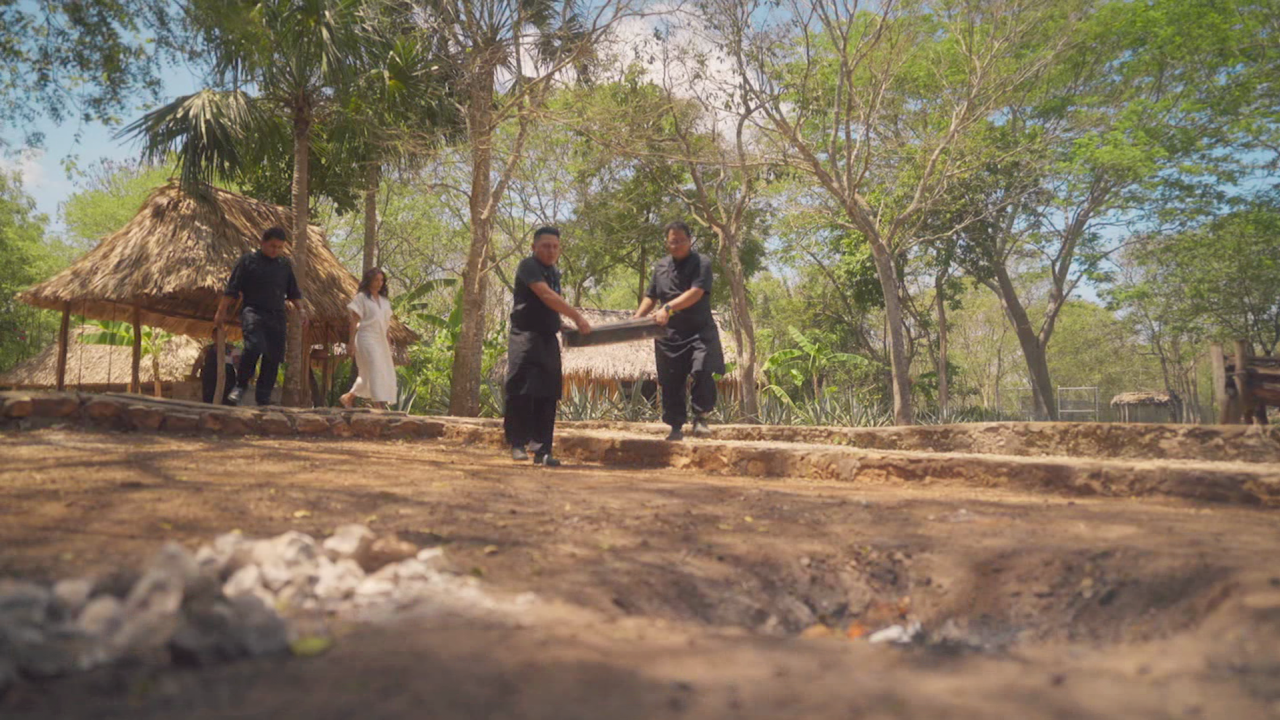
A ‘crockpot in the ground’ makes this famous local dish
But Longoria discovered many more cultures and traditions on her travels through six of Mexico’s 32 states.
“There are so many indigenous cultures still vibrant in Mexico,” Longoria said.
In Jalisco, Longoria met with members of the Coca community who are fighting to preserve their way of life along the shores of Lake Chapala.
In Oaxaca, Longoria cooked with members of the muxes community. The muxes are a group within the indigenous Zapotec people of Mexico that are often referred to as a third gender.
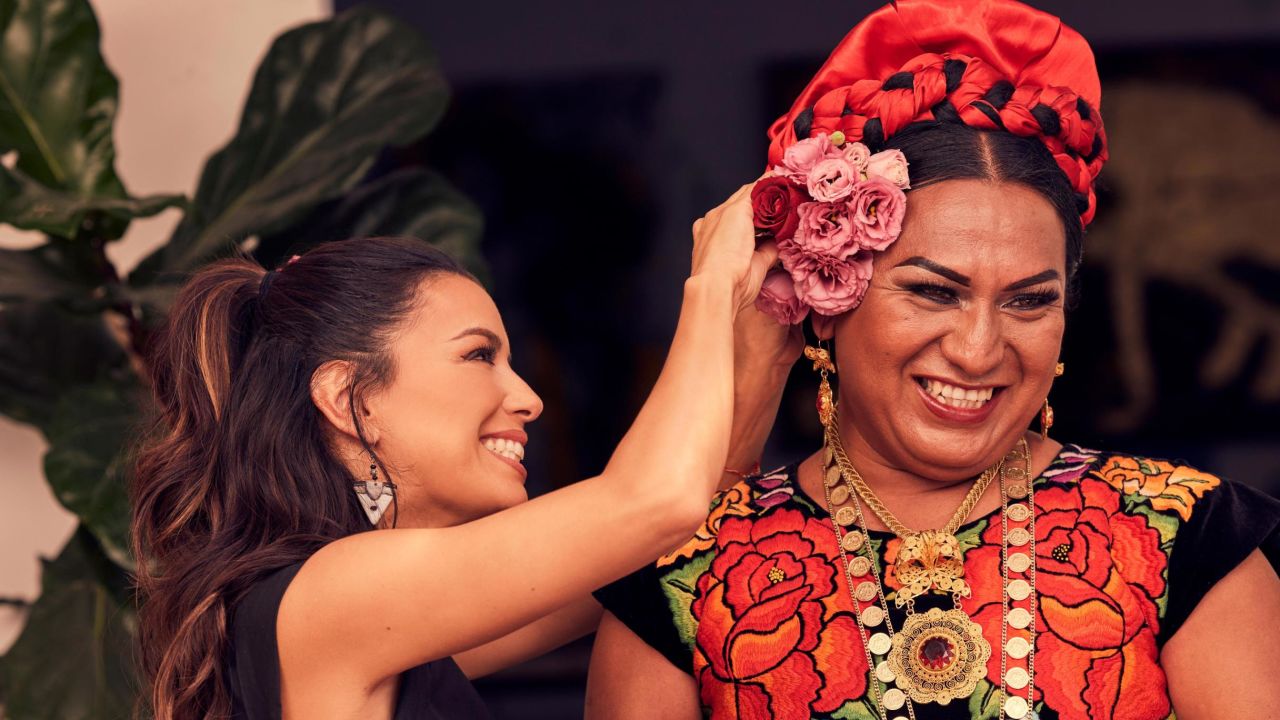
Actress meets a community identifying as a third gender
In Veracruz, an organization called Smoke Women works to keep the ancient Totonac traditions alive, and the ruins of El Tajín offer a fascinating reminder of the people who lived on this soil thousands of years ago.
El Tajín “is one of the best-preserved pre-Hispanic cities in Mexico,” Longoria says in the Veracruz episode.
Ingredients that have spread to cuisines around the globe have their roots in Mexico: Tomatoes, corn, cacao and vanilla, for example.
“It was colonization that took these ingredients all over the world,” Longoria said.
Sampling them at their source – often prepared using the techniques of indigenous peoples that long pre-date the arrival of colonists – is a must.
“They still hold on to traditional ways of cooking. … The way they grind their corn for masa is pretty similar to the way they were doing it thousands of years ago. … The traditional processes are preserved and celebrated and that makes it pretty special and unique.”
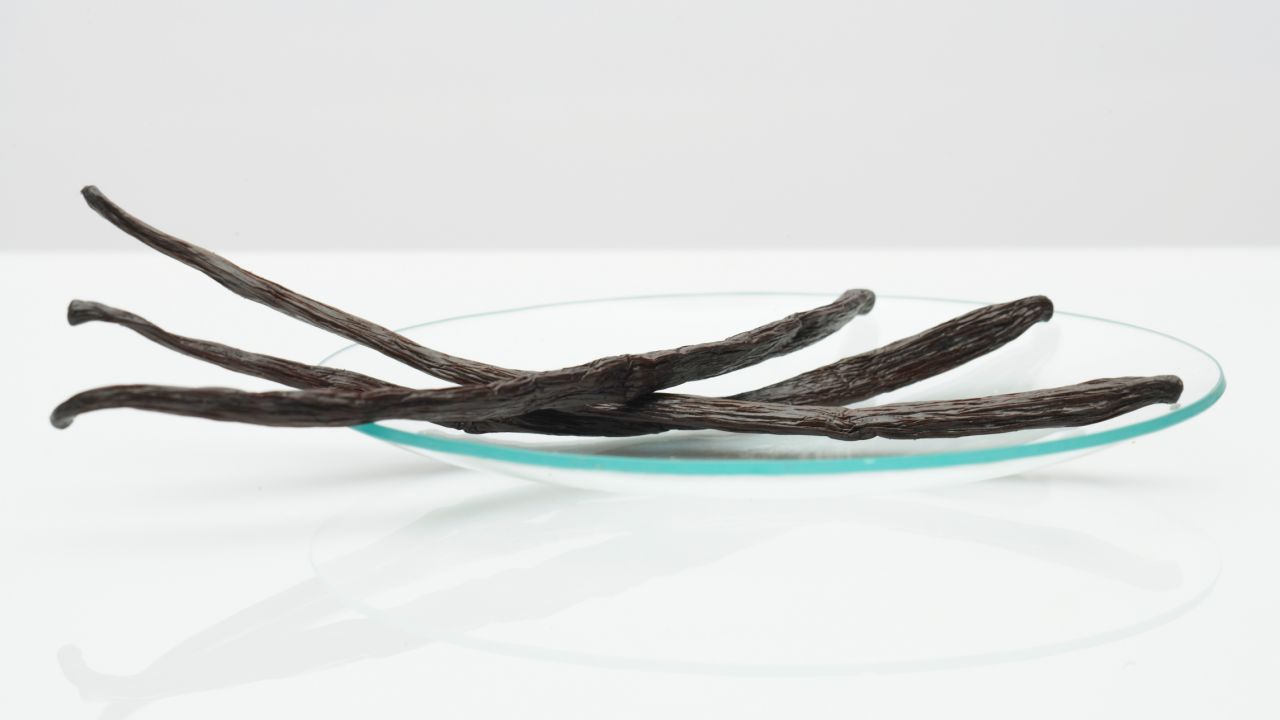
Sweet meets savory with this unique dish
While Madagascar is the world’s leading vanilla producer, the state of Veracruz is where the costly spice originates.
“Just going to visit the vanilla plantations feels pre-Columbian. It’s just so beautiful and so ancient in their techniques and how they process it,” Longoria said.
Grilling is an art form in the northern state of Nuevo León, and the culinary traditions there are similar to those Longoria grew up with in Texas.
“The north is beef country, as is Texas, and so I grew up with carne asada and brisket and barbecuing and it’s like a ritual. They take their carne asada very seriously in Nuevo León,” she said.
There is even a grilling competition held in Monterrey in August, and the competition is fierce.
“They have different spices and different techniques and smoking. They bring their smokers that they made, and they bring their firewood from their village because it makes it taste different – this wood is better. You know, it’s really a sport.”
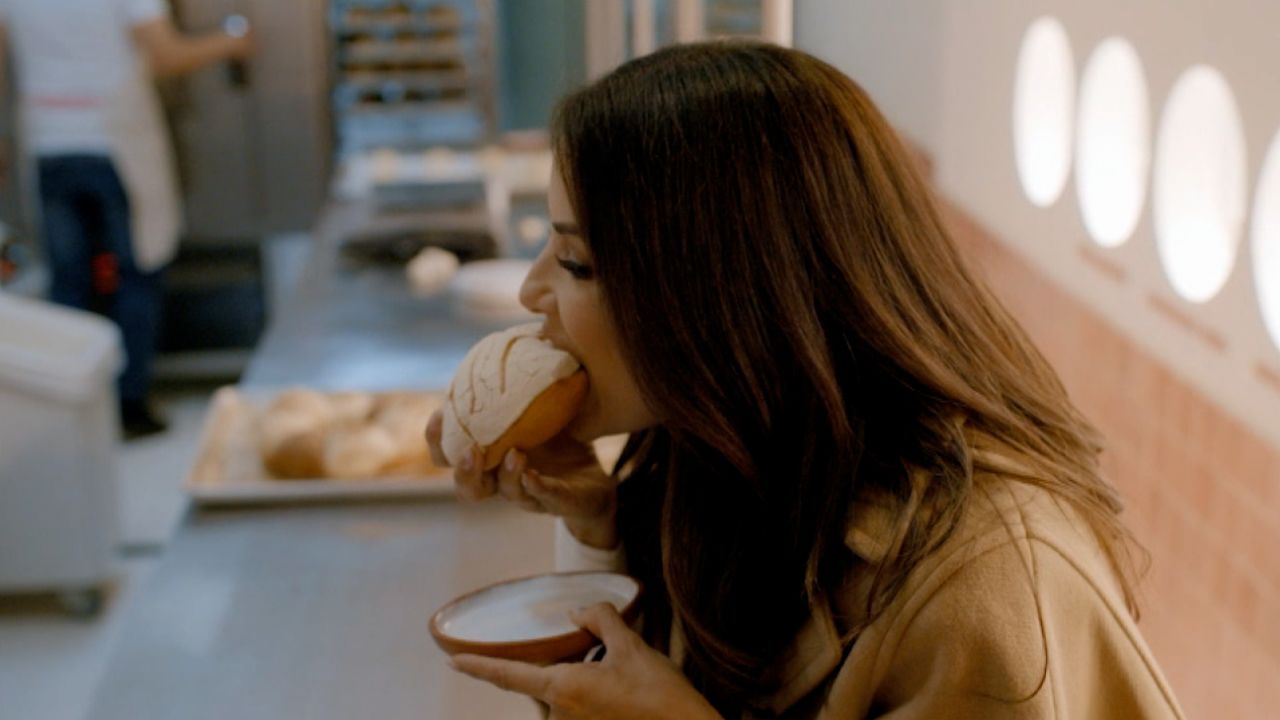
Actress reveals daily ritual when she’s in Mexico City
Exploring requires stamina – and maybe a little sugar and caffeine.
When she’s in Mexico City, Longoria starts her day at Tomasa bakery in the Polanco neighborhood with a concha.
The traditional sweet rolls with a crackling, crunchy topping are “soft, sweet and spongy,” Tomasa says.
“To sit at that café and drink your coffee and eat your concha is like the equivalent of having a croissant in Paris,” Longoria said.
A sweet start to a Mexican adventure.
Read the full article here


